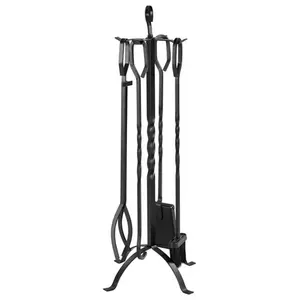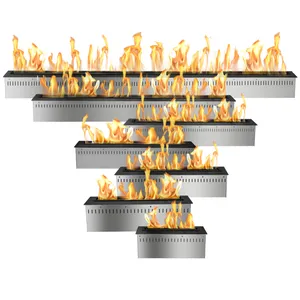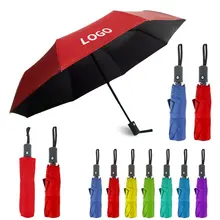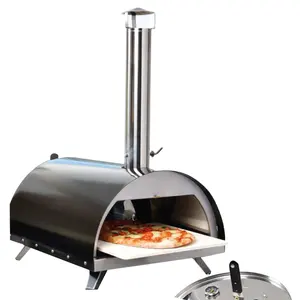Firelogs are a type of fuel that is processed and compressed to serve as a substitute for traditional firewood in fireplaces, stoves, or outdoor activities.
Materials of firelogs
Firelogs are commonly made from wood chips, waste papers, waxes, or other combustible materials. Through a specialized treatment process, they have a long burning duration and produce ample heat. Wood chips are one of the main components of firelogs. They are derived from byproducts generated in woodworking shops, sawmills, or wood processing processes. Through processing and grinding, they are refined to obtain the appropriate size and quality. Waste papers are also one of the main components of firelogs. They can be fragments of newspapers, cardboard, or other paper materials. Waste papers are often processed into fibrous forms and used in combination with other ingredients. Waxes are one of the binding agents used in firelogs. They are paraffin wax, beeswax, or other meltable wax materials. The role of wax is to bond the other materials together and provide the required fuel during burning. Additionally, some of the firelogs also use vegetable oils as a binding agent or as an additive to enhance the burning efficiency. Commonly, vegetable oils include canola oil, soybean oil, and others. Some other firelogs are also supplemented with waterproof or fire-retardant agents to enhance the characteristics of products. In addition, there are materials such as ceramic and peat. These compressed fire logs are constructed from tightly compacted and durable materials, ensuring a long-lasting burning effect.
Features and types of firelogs
Compared to traditional firewood, artificial fire logs generate less smoke and pollution during the burning process, reducing the unpleasant odors and irritating fumes. There are multiple types of firelogs. The shapes and appearances of gas fire logs are similar to natural wood. They are used for fireplaces or stoves. Gas fire logs are connected to a gas pipeline, either natural gas or propane. They are equipped with safety features, including a safety shut-off valve and an overheating protection mechanism, which can effectively prevent accidents. The operation of gas fire logs is very convenient and flexible, and users can adjust the size and color of the flame by controlling the gas valve or air valve. Electric fire logs are decorative items. They are commonly used in fireplaces, stoves, or other heating devices. Electric fire logs can simulate the visual and dynamic effects of real flames by utilizing LED lights or other lighting devices. These devices can generate flickering, dancing, or shifting lights, and some even have the capability to play flame sound effects, enhancing the sense of realism. Though the fake fire logs do not generate real heat or combustion effects, they create a warm and romantic atmosphere in indoor environments. They can be used as decorations, adding visual appeal to a room and providing a safe and comfortable flame effect in situations without real fire. Timber tote fire log is lightweight and portable. They are usually packaged in a convenient form, making them easy to carry and use. The portable firelogs are suitable for camping, outdoor barbecues, or keeping warm. Moreover, there are other firelogs for selection, such as citronella fire logs, smokeless fire logs, and more.









































 浙公网安备 33010002000092号
浙公网安备 33010002000092号 浙B2-20120091-4
浙B2-20120091-4